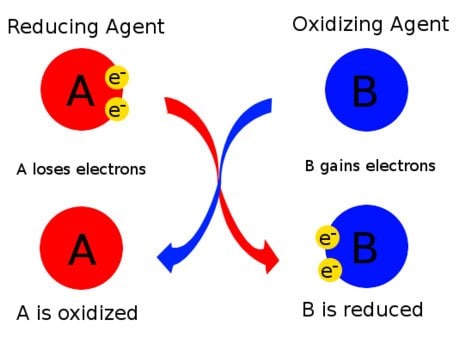Reducing Agents

We have just the right reducing agents that you need to support your reduction reaction methods of organic synthesis in small molecule research. Selected highlights are:
Birch Reduction
The Birch reduction method converts an arene into 1,4-cyclohexadiene. Historically, the Birch reduction wasn’t a viable option for large-scale reactions. However, Baran group modifications published in 2019 now allow for scaled-up reactions.
Clemmensen Reduction
Clemmensen reduction transforms an aldehyde or ketone into a methylene group through deoxygenation. While the original reaction typically had strongly acidic conditions, Yamamura and colleagues further developed a technique for the reaction to take place under milder conditions.
Products
Related Resources
- Article: Oxidizing and Reducing Agents
Oxidation and reduction reactions are some of the most common transformations encountered in organic synthesis, and are some of the organic chemist’s most powerful tools for creating novel products.
Corey–Bakshi–Shibata Reduction
The Corey–Bakshi–Shibata (CBS) reduction method is the enantioselective reduction of a ketone to an alcohol. The CBS reduction has been shown to be a valuable tool for synthesizing natural products which could be useful in drug discovery.
Luche Reduction
Luche reduction is the transformation of an α,β-unsaturated carbonyl (enone) into an allylic alcohol. This reaction allows for the selective reduction of a ketone in the presence of an aldehyde.
Meerwein–Ponndorf–Verley Reduction
The Meerwein–Ponndor–Verley reduction method converts an aldehyde or ketone into an alcohol. This reduction is highly selective, focusing on just the aldehyde and ketone, disregarding all other functional groups.
Midland Alpine–Borane® Reduction
Midland Alpine–Borane® reduction is the asymmetric reduction of a variety of prochiral ketones using Alpine–Borane® reagents. Alpine–Borane® is a chiral reducing agent, synthesized from (+)-α-pinene via hydroboration.
Staudinger Reduction
The Staudinger reduction method is the transformation of an azide into an amine through a two-step synthesis. This rapid, high-yield reaction is valuable in the synthetic reaction toolbox.
Wolff–Kishner Reduction
Wolff–Kishner reduction converts aldehydes and ketones into alkanes under highly basic conditions. Many modifications to this reaction have occurred over the years to make the conditions milder, such as the Huang Minlon modification or Caglioti reaction.
To continue reading please sign in or create an account.
Don't Have An Account?